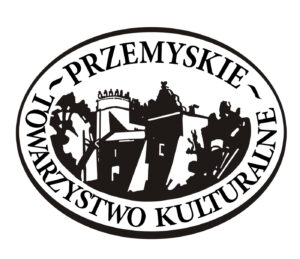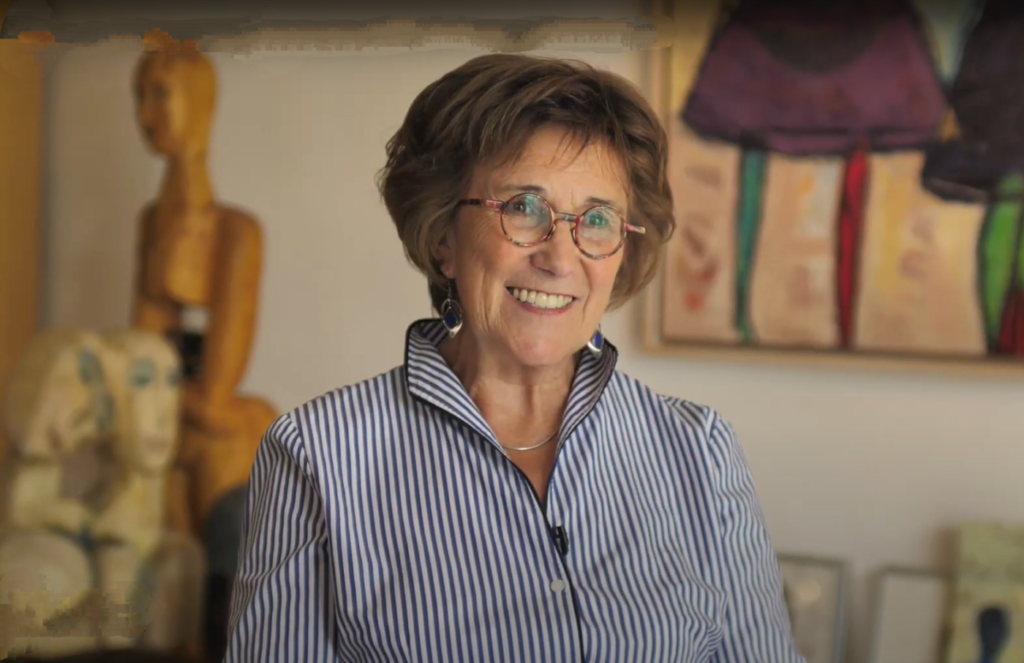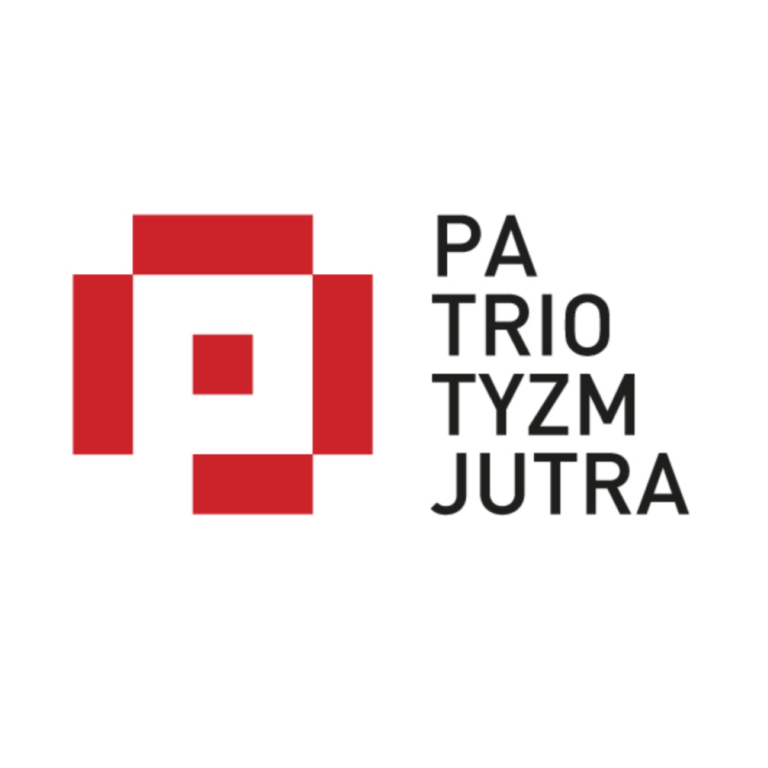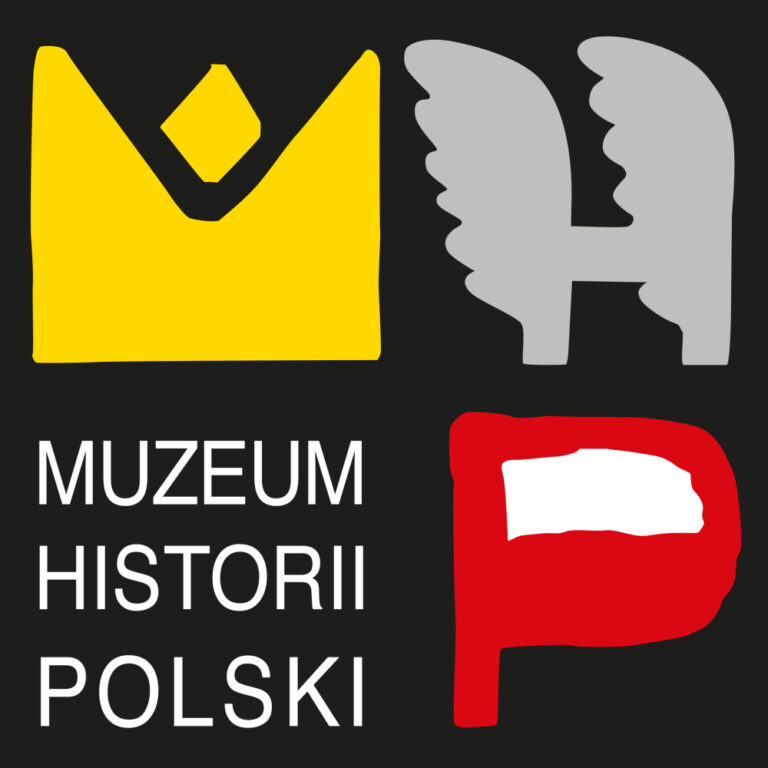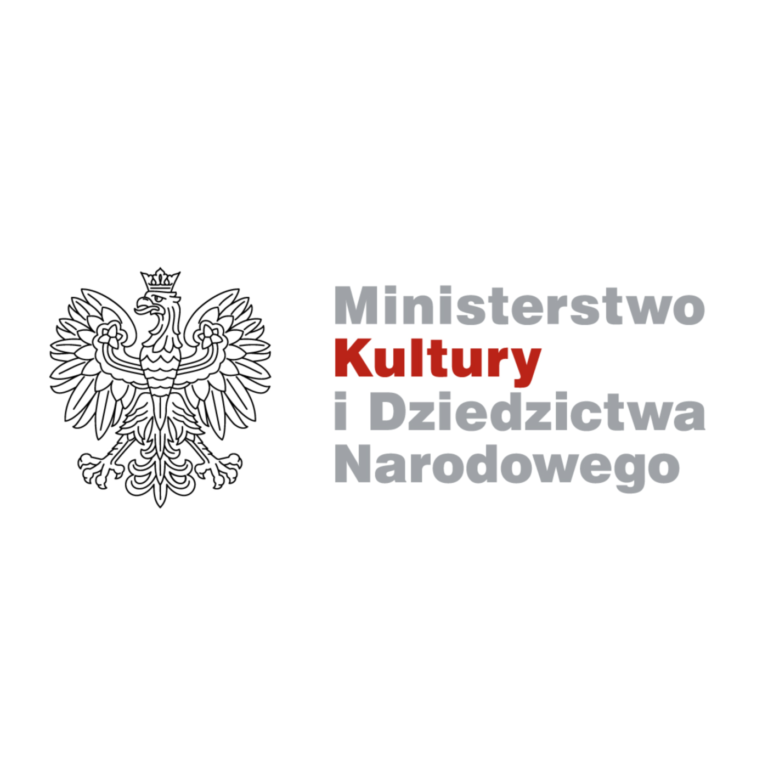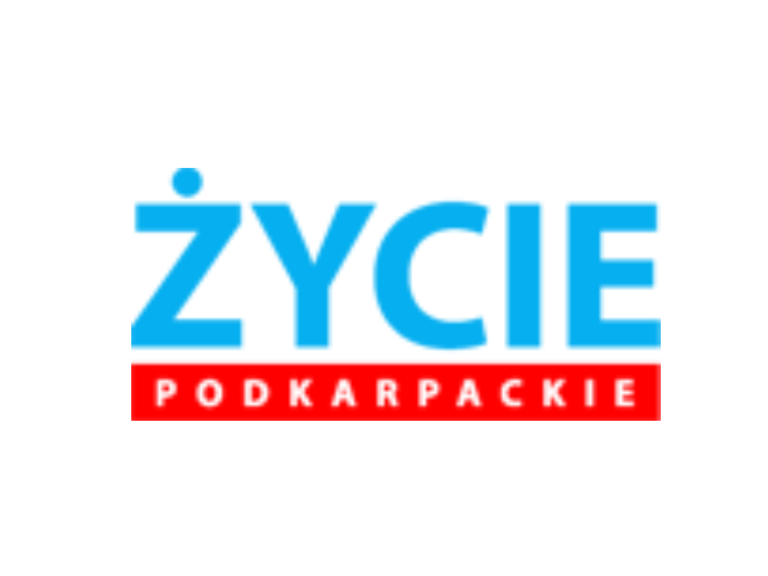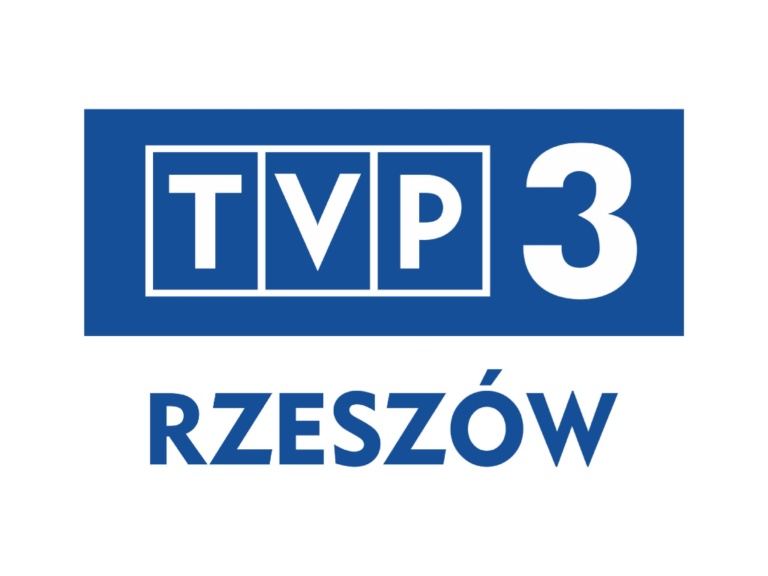In 1988, I was invited to participate in an exhibition organized by Solidarity, which was to take place under the arches of the underground chambers of the imposing Franciscan Church.
It was still the time of the Cold War, and the Catholic Church and trade unions in Poland had joined together in peaceful opposition against the government and the authorities. It seemed that art events were a kind of vehicle for them to come together.
At first it was a frustrating effort to get a visa, until I contacted the British Council for help, and as a result I was granted one. My German partner Joachim and I set off from Berlin in an estate car, laden with luggage and paintings. We got as far as the Polish-German border, where we encountered another obstacle in the form of a young, agitated guard. He pointed his gun at the paintings in the back of the car, clearly demanding to know what was going on. I tried to translate in English and then in German, but received only an angry "No!" Joachim hastily advised me to show my official invitation. The surprised young guard looked serious, slowly nodded and handed me a piece of paper: "Autograph!" - he demanded.
We traveled through the beautiful pre-EU Polish countryside, with an unforgettable view of small picturesque farms, but rough roads. At one stage, along a two-lane road separated by a strip of grass, we came across an elderly woman leading a cow along the grass on a thick rope. It looked like a scene from another age. In the gloom of evening, a speeding horse and cart without lights could surprise us around the corner.
Finally, we arrived in Przemyśl. We had to enlist the help of a cab driver, who took us to the address where we were to stay. It was a large, old villa plunged into total darkness. There was no one there, so we asked the cab driver to take us to the hotel. It was dark, gloomy and no signs of life there until a woman appeared at the gate, who not[1]daringly informed us that there were no seats available. After a long journey, we were tired and frustrated.
We returned to the driveway of the old villa and fell asleep in the car. We were awakened by a noisy group of men jumping out of the van. They led us into a large kitchen[1]n, where one of them was banging a pistol on a table, noting that "this will have to be the solution." At this point I wanted to get in the car and go straight back to Berlin. Since the gun turned out to be just a convincing-looking toy, we stayed.
The villa belonged to the main organizer of the event - Mark Kuchcinski. The next day we could see a large, overgrown garden with old stone sculptures peeking through above the long grass. We were part of a group coming from different backgrounds, but all connected in some way to the opposition movement. We slept on mats on the floor, in the attic. I was probably the only artist there. The city of Przemyśl in socialist Poland lay a few kilometers from the border with Ukraine. It had a long and rich history, but when I arrived there in 1988, much of the city was already decaying and gray, with little outdoor life.
I was impressed by the arrangement of artwork in the church's basement, although I was initially surprised by the lack of hanging materials. However, the copper wire was carefully removed from the plastic cable, and the few tools were passed from hand to hand.
There was camaraderie in the group at the loft, but Joachim, my partner, was disappointed that it was not possible to drink beer, because the country produced really good beer. One of the members of the group worked at the University of Warsaw, Dr. Ryszard Zoltaniecki. One evening he suggested that we go with him to a restaurant where he thought there might be beer. Great idea, so we dropped him off at the market and waited in the car for a while. We waited, and he didn't come back! We finally asked about him at the restaurant, where they said he had never been there! It turned out that he had been picked up by the police and detained for questioning about the group. He returned quite shaken. Shocked by Richard's experience, I realized for the first time in my life how vulnerable and helpless one could be in an Eastern Bloc country; a British passport offered no protection if you were in the hands of Polish security.
One day I was invited to visit the place where the underground Solidarity newspaper was printed. However, when a car with several large men following us was spotted, I gave up the trip.
We were shown around Przemyśl by an English speaker who explained the rich and varied history of the city. This was particularly interesting to me as a Scot, because many Poles who came to Scotland to fight during World War II have stayed there. There is still a sizable Polish community there. Since it was a large group exhibition, I didn't pay that much attention to arriving early for the opening, but I made it to the church on time. The interpreter was waiting at the door, agitated. The archpriest is waiting," he said, dragging me down the long aisle to the very front of the church. The building inside was overwhelmingly ornate, beautifully covered with intricate frescoes and gold leaf, a stunning grandeur compared to the crumbling gray buildings and streets surrounding the church. I was amazed to see that the church was full, every pew and every seat was taken. This was obviously a very important event for the townspeople. The priest stood at the front with a microphone, and next to him were people with cameras, ready to record. I was presented with an award, and then Joachim and I were invited to the abbey on the outskirts of town for a delicious Polish dinner served by the nuns, who prepared the meals mainly from the produce they grew. In those days there were constant food shortages in the stores, little choice and long lines. Life was very hard.
I felt honored to have been able to participate in the exhibition in Przemysl, to meet the people involved and their experiences first hand. It was one of the most important art events in my life. Upon reflection, it seems to me that the exhibition at the Franciscan Church was part of a peaceful protest organized by a socio-political movement that sought broad economic and democratic reforms. Thanks in part to this solidarity, the Soviet Union collapsed, and the domino effect that followed ultimately changed world politics.
POSTSCRIPTUM Two years later, Joachim and I returned to Przemyśl to pick up my paintings. It was summer and post-communism, Przemyśl was a completely different place. There was life on the streets, busy cafes, as if the lights had come on in the city. We learned that the group that organized the exhibition had broken up to pursue its own political interests. While we were there, it reunited again, and we watched a film made at[1]the time of the exhibition in the church. We felt great excitement when one of the members of the group, shown in the film, was exposed as a spy! The meeting brought everyone closer together; it was an unforgettable evening. Ten years later, in January 1998, we unexpectedly met Richard. It was at the opening of an exhibition at the International Cultural Center in Krakow, where I was to have a solo exhibition of my paintings and sculptures. He looked different, impressive, in an elegant suit. He told us that when Poland became democratic in 1989, he served as acting foreign minister. He later became Poland's ambassador to Greece and Cyprus. It was interesting to meet him again, reminisce and talk about the changes that have taken place in the country. This is a purely personal account of a specific event in 1988 in the then[1]Czech socialist Polish state. My observations were shaped by my background as an artist from the quiet west coast of Scotland, living in the western part of then-divided Berlin.
Listened to Marta Olejnik

Margaret Steele Hunter, painter, sculptor, illustrator, studied in Glasgow
School of Art (1981-85) and at the Hochschule der Kunste in West Berlin.
With George Baselitz (1985-86), he lives in Berlin
